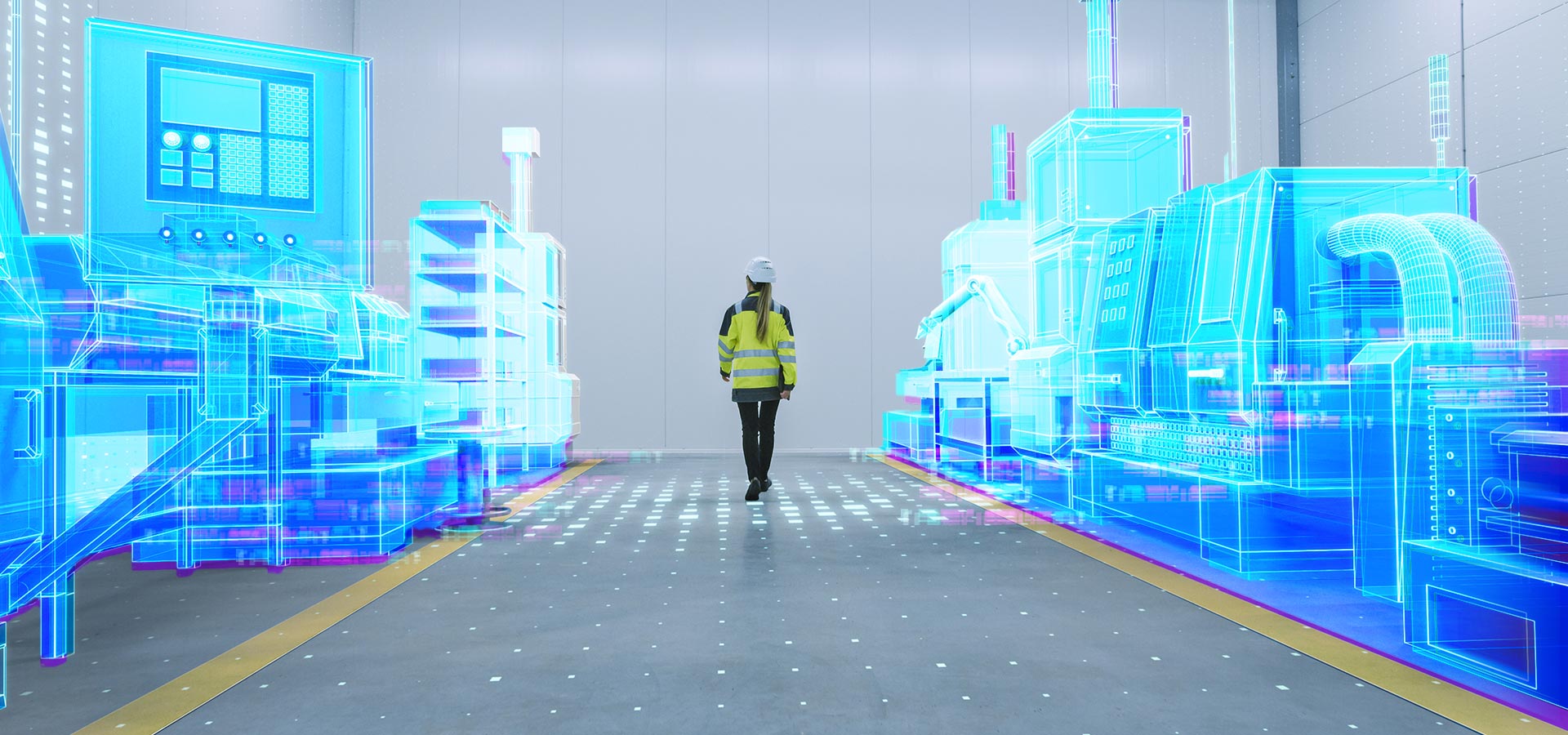
#23: How Is the Virtual Twin Transforming Industrial Equipment?
Explore the cutting-edge world of virtual twins and their transformative impact on the industrial equipment industry.
#23: How Is the Virtual Twin Transforming the Industrial Equipment Industry?
Join us as we explore the cutting-edge world of virtual twins and their transformative impact on the Industrial Equipment industry. Discover real-world innovations and insights from industry leaders Morgan Zimmermann and Philippe Bartissol as they showcase how this revolutionary technology is driving the future of Industrial Equipment.
Click here to find out more.
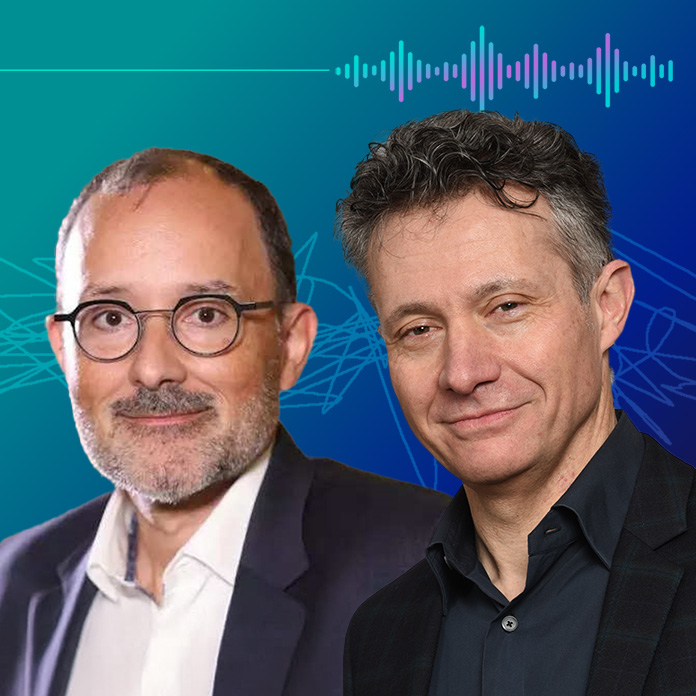
Meet our speakers


The 3DEXPERIENCE platform serves as a game-changer for the industrial equipment industry, offering them the capability to create and visualize virtual replicas of these products, processes and operations, especially in the field. [By] leveraging the cutting-edge tools of science-based modeling, data science and collaborative features, manufacturers can now represent and explore the systems in very precise details.”
Philippe Bartissol
Read the transcript
Narrator: This is Disruptors Unleashed, the series that showcases the disruptive technologies — and the trailblazers — reshaping our world. In our last episode, we discussed the real-life value that collaborative engineering brings to the development and delivery of high-tech products and systems.
Today, Philippe Bartissol from Dassault Systèmes delves into the transformative forces reshaping the industrial equipment industry — and how the virtual twin is powering these transformations. Morgan Zimmermann from Dassault Systèmes joins him in this conversation.
Morgan Zimmermann: We are here to meet with Philippe Bartissol, vice president of the industrial equipment industry at Dassault Systèmes. Philippe, thank you very much for joining us today.
Philippe Bartissol: Thank you for inviting me, Morgan.
Morgan: There are many transformations in the industrial equipment industry these days. Could you please share with us some of the top trends?
Philippe: Sure. Morgan. Here are some notable examples. Sustainability. The industry is witnessing a profound shift towards sustainability. This includes a growing emphasis on clean energy solutions, like electrolyzers for hydrogen production, and an unwavering commitment to enhancing overall equipment efficiency (OEE). Manufacturers are increasingly aligning their practices with eco-conscious principles. Then, supply chain resilience. Ensuring the uninterrupted flow of resources and components has never been more critical and complicated. Manufacturers are taking significant steps to bolster supply chain resilience in complex circumstances, using advanced strategies and technologies to mitigate disruptions and maintain seamless operations. Then comes cloud. The industrial equipment sector is embracing cloud technology to revolutionize daily operations. This includes leveraging cloud-based platforms for data management, remote monitoring and predictive maintenance, leading to heightened operational efficiency and agility. This… we've been seeing the transformation in the last two, three years. And then maybe my favorite: After-sales transformation.
Morgan: We have a common favorite, I guess.
Philippe: Yes, absolutely. You know that. A machine OEM is probably making between 20% and 60% of its revenue in after-sales service, and probably between 40% and 90% of the EBITDA. So, they have… if I want to summarize what my industry values the most, or equipment OEMs value the most, it is the OEE of all the machines it has currently in the field at the customer’s place. So this entails proactive maintenance, real-time support and a personalized approach to customer after-sales service, supporting, fostering long-lasting relationships and customer loyalty, because the sales guy is selling the first time, but the service guys are selling the other machines. And even more when you switch from the traditional business model, where you sell the machine and then you service it, to an equipment-as-a-service model, where you no longer sell the machine, but you sell the machine performance, or… for example, pay-per-part or pay-per-part, transformed.
Morgan: What I love in your after-sales example here is that this is really in the real world. I mean, we are talking about the physical object as it is behaving in the real world. And we're not talking anymore about one virtual instance of an object, but we're talking about thousands or millions of serialized instances of these specific objects we manage.
Philippe: And these specific instances, they are there to last in the field for between 10 and 15 years at a minimum, until 60 years in the… elevator business, for example. So, it is worth it having a virtual twin in operation to support all the operations during all this lifetime. And the last one is robotization. So, robotization is leading to flexible manufacturing, of course, but it has also much more automation in factories, also in local countries, supported by the robotization. Fixed robots, but also autonomous mobile robots, or AMRs in manufacturing plants. So these robots are enhancing productivity, safety, flexibility on the factory floor, streamlining processes and improving overall operational efficiency.
Morgan: All of these are extremely profound transformative… transformation that are affecting your industry. Your customers, they have more than transformed themselves, they have to reinvent themselves. In this regard, can you tell us more about how the 3DEXPERIENCE platform triggers, enables, sustains these transformations?
Philippe: In fact, the 3DEXPERIENCE platform serves as a game-changer for the industrial equipment industry, offering them the capability to create and visualize virtual replicas of these products, processes and operations, especially in the field. This empowers companies to model and simulate—the simulation is super important; this is a model that you can simulate in the future and in the past… model and simulate complex systems ranging from elevators to machineries to even more intricate systems. Leveraging the cutting-edge tools of science-based modeling, data science and collaborative features, manufacturers can now represent and explore the systems in very precise details. So, with the virtual twin experiences driven by the 3DEXPERIENCE platform, businesses establish a seamless connection between the digital or the virtual twin and the physical world, especially in operation. This connection opens a realm of possibilities, allowing companies to thoroughly explore various scenarios and potential outcomes.
Consequently, organizations can design, prototype and evaluate products and experiences from their conception all the way to market delivery, and especially, as we said before, real-world usage during 15 to 60 years, or without the need of physical production. In essence, the 3DEXPERIENCE platform revolutionized the way businesses innovate and develop, enabling them to make informed decisions and refine their offering with a deep understanding of how they will perform in the real world.
Philippe: So, Morgan, as CEO of NETVIBES, can you give us your view as to what makes data science a fundamental pillar of the 3DEXPERIENCE platform and the virtual twins?
Morgan: Of course. But somehow, you said it already, you've been referring a lot to real world, what's happening in the real world. And data science is, [among] many things, the ability to leverage what's happening in the real world. Understanding the past and navigating the future requires to leverage what's happening in the real world. But maybe, to help you out, I can come back to the definition of the virtual twin experience. You mentioned a lot about the virtual twin experience. So, somehow, it's interesting to come back to… what do we have in the virtual twin experience to sustain these transformations? In the virtual twin experience, we have three things. Of course, we have the model of the product, of the factory, of the enterprise itself. It can be 3D, it can be ontological… it's a model. Then you have all of the real-world data powered by AI. So, not only we can learn, but we can also extrapolate. And then you have the people in the process. And the virtual twin experience is about always having these three things.
Somehow, I can simplify it. Model and data. It's like Google Maps, believe it or not. I know you love my Google Maps example. If I give you an Excel spreadsheet with the location of a restaurant, and another Excel spreadsheet with a location of flower shops, and I ask you to find a restaurant nearby a flower shop, that is a painful discussion. But if they're on the map, it's easy. Now, to take your example. If you have usage data of the robots in the factory, if you have quality data, if you have incidence data, if you have usage data, if you have design data, text data, claims… understanding the whole of that is difficult.
However, as soon as they get projected on the model, they are contextualized by nature. But, by the way, because the model is a model — exactly as you said — you can simulate with it, so you can test the relevance of what you learn with data. You can do what-if scenarios for corrections. So, the combination of science and data science is very, very unique. Then we mentioned about the human? You know, people and processes? They have to be within the virtual twin experience. You know why? Because we want to eliminate email. We want to make sure that we can go from triggers to actions to collaborative problem-solving without ever sending an email and losing track of why we do things. And you can— and if you look at the virtual twin experience like that, you can see that data science, which is a link to the real world, which is a link to the AI-driven potential extrapolation, which is a way to leverage the model to do what-if scenario, is fundamental, especially for your loved aftermarket domain.
Morgan: So, Philippe, I know the virtual twin experience is already a reality in your industry, but can you give us some examples?
Philippe: So, let me take my favorite example again, the virtual twin in operation. So, you have virtual twins during engineering, when you do new product definition, and then in manufacturing. But once you have shipped the machine and the machine is installed, then the machine will sit there for, as we said, 15, 20, 60 years. And… providing a twin, a virtual twin, in order to project everything that is happening onto that machine, during the lifespan of the machine, is super important. So, we now provide twins that are specific to each customer order and each machine serial number that has been installed. And through the in-operation virtual twin experience, industrial equipment OEMs… they gain the ability to leverage the very specific engineering and service definition, and this empowers them to plan very carefully for field interventions. If a field technician, prior to going to a site, can check on the twin in operation what he has to do, what are the work instructions, what are the spare parts, the specific spare parts to that machine he needs to take, and ask any question he needs to ask prior to the trip, then the trip will be much more efficient, to an extent. That is absolutely incredible.
Morgan: Are you telling me that what you mean is… transform the current process, which is in many cases a technician, they go on the field, they look at the reality of the situation, then they go back to the office to take the spares that correspond to what they have seen, then they go back and they cannot succeed because they fail to take the right documentation and they go back to the office? So, this is a problem you're trying to tackle?
Philippe: Exactly, exactly that. And I believe that… what will happen in the, what will take place in the next five years, is what took place 20, 25 years ago in the engineering department for new product development when the development engineers, they started to use the digital mock-up to do reviews and no longer the 2D. I strongly believe that field technicians in the next five years, they will want to work on the specific twin, train themselves and acquire knowledge of what they need to do on the specific twin.
Morgan: So, let me try to maybe sum up and conclude what you said. You said, one: The virtual twin experience is already a reality in industrial equipment industries. It is already used to transform the industry. You mentioned at the introduction… sustainability of new ways of developing products. But what you're more interestingly saying is that the virtual twin experience is now going to be what will trigger the transformation of industrial equipment for the physical product in real life?
Philippe: Yes.
Morgan: You said that… what that means is that there is not one or few virtual twin experiences, but somehow in your industry there are millions of virtual twin experiences. Because we're talking about the virtual twin experience of the serialized elevator, the serialized robot, the serialized tractors… you know, whatever.
Philippe: Yes.
Morgan: What I heard as well, you stating is that it will enhance the ability to serve that equipment by empowering field technicians. It will enhance the ability to engage and interact with the customer, and it will enhance a way to generate incremental revenue by making sure that you are triggering the right sales opportunity at the right time for the right equipment, based on the reality of the usage.
Philippe: And, it will facilitate the feedback loop to engineering, because even if there are no severe technical issues, the development engineers, they love getting feedback from the field. So that feedback will really be facilitated with the virtual twin in operation because everybody can have access to it and see what happened to that specific machine.
Morgan: That's amazing. That's a very interesting transformation of your industry. And I see the if-we loop very well described on the way you actually think.
Philippe: Absolutely. This is a fantastic moment now in industrial equipment, because the industry is changing and we are right there to support that transformation, and to accelerate and foster that transformation.
Morgan: Thank you very much, Philippe. Thank you for your time.
Philippe: Thank you. Thank you, Morgan.
Narrator: Disruptors Unleashed is produced by Dassault Systèmes. For more episodes, follow us on Apple Podcasts, Spotify, Deezer, or your nearest streaming platforms. To learn more about Dassault Systèmes, visit us at 3ds.com.
Learn more
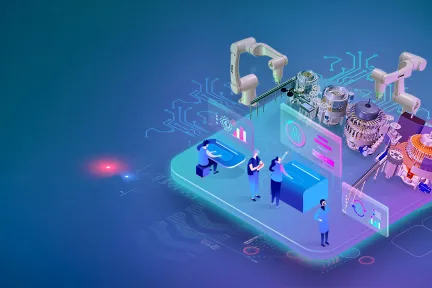
Leverage the 3DEXPERIENCE platform for greater field operations efficiency, after-sales services and success in the industrial equipment scene.
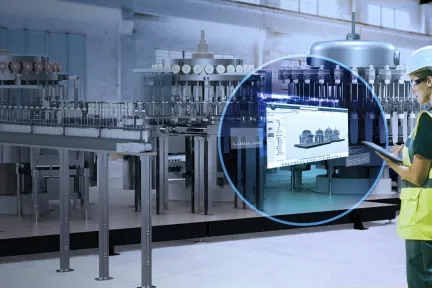
Virtual twins and advanced analytics drive performance optimization, operational efficiency, and superior customer service.
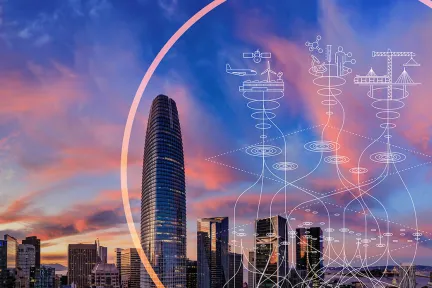
Transform data into actionable knowledge to boost innovation and competitiveness



